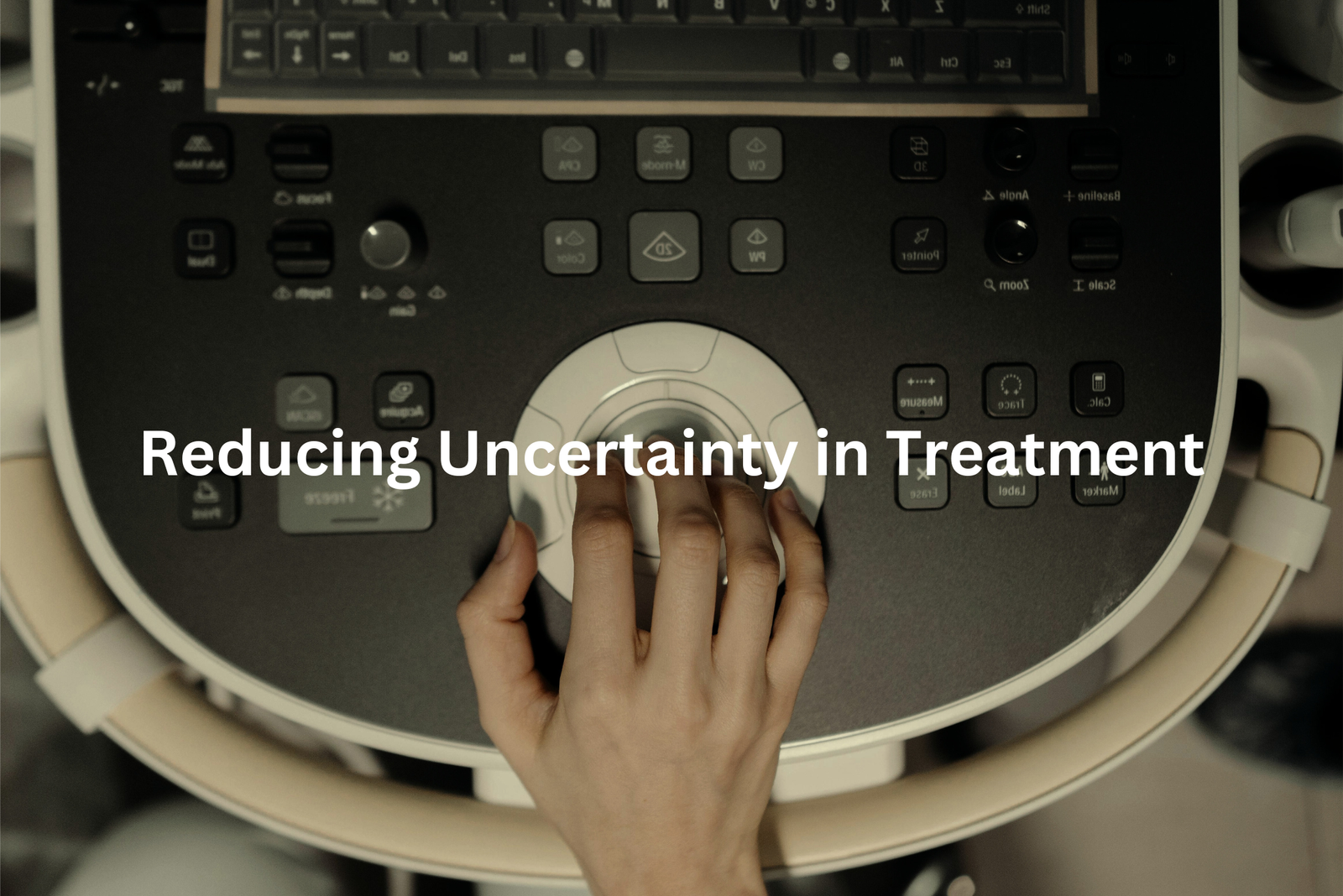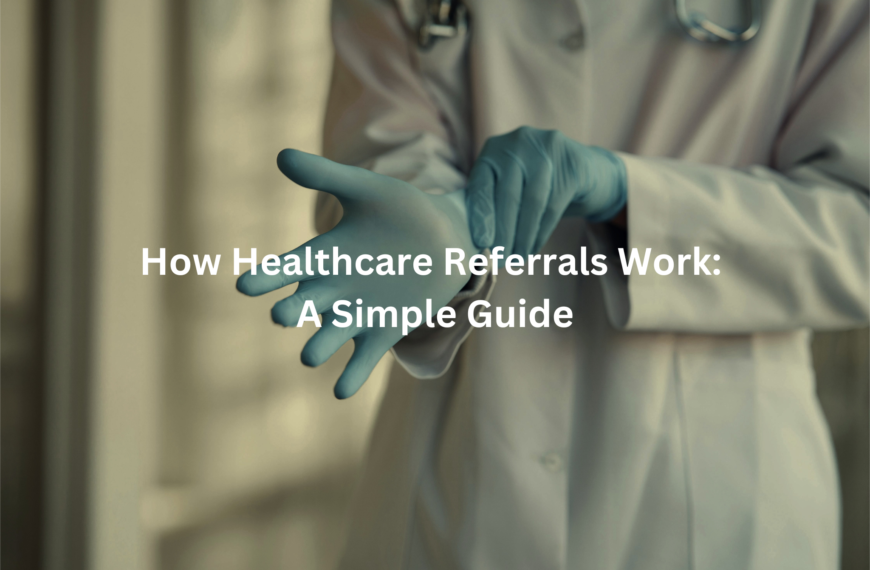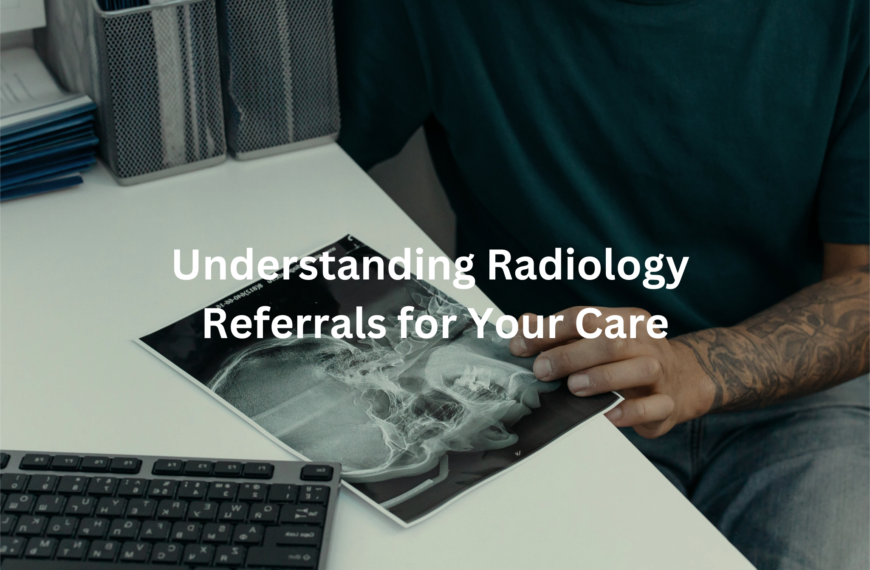Discover how referrals guide Australians to the right specialists and improve healthcare outcomes. Clear referrals mean better, faster care.
Referrals are super important in healthcare, especially in Australia. They let doctors send patients to specialists who really understand specific health problems. This way, patients get the best care tailored to their needs. Referrals help doctors communicate important information about a patient’s condition, ensuring no details are missed.
Plus, specialists often have extra training and tools to help diagnose and treat complex issues. This teamwork between doctors and specialists can make a huge difference in a patient’s health journey. So, if you’re curious about how referrals work and why they matter, keep reading to learn more!
Key Takeaway
- Referrals help doctors give better care to their patients.
- They save time by making sure patients see the right specialist fast.
- Clear referrals make diagnosing health problems easier.
Why Are Referrals Necessary?
Referrals work like a map for healthcare, helping patients find the right care when their GP can’t handle everything. GPs are like the first stop—they look at the problem, and if it’s something they can’t fix, they send you to someone who can. Specialists focus on specific areas, like cardiology for heart issues or neurology for the brain. It’s not just about sending you off; it’s about making sure you get the right help.
Think about Tom, a 42-year-old teacher who kept getting dizzy spells. His GP didn’t just shrug and say, “Drink more water.” Instead, they referred him to a cardiologist, including details about his blood pressure and heart rate. The cardiologist ran some tests, including an ECG (a test that checks your heart’s electrical activity), and pinpointed the issue. Tom got the treatment he needed.
When GPs write referrals, they include important details like symptoms, medical history, and sometimes test results(1). This helps specialists start with a clear idea of what’s happening. For example, if you’ve got a persistent cough, the GP might suggest a chest X-ray to check for lung problems.
If you’re a patient, it’s smart to keep track of your referrals. Write down the specialist’s name, the appointment time, and what tests you might need. And if you’re confused about anything, just ask your GP—they’re there to help you figure it out.
Reducing Uncertainty in Treatment

Finding the right care can feel like trying to solve a puzzle with missing pieces. Without a referral, patients might end up going in circles—seeing doctor after doctor, taking test after test. It’s tiring and frustrating. Referrals act like a guide, pointing you in the right direction and saving time.
Think of it like a GPS. It doesn’t just tell you where you are but helps you get to where you need to be. Referrals do the same for healthcare, giving specialists the information they need to focus on the real problem. This means fewer tests, faster answers, and often, better treatment.
Here’s how referrals usually work:
- Details from your GP: They include symptoms, medical history, and possible causes in the referral.
- Targeted tests: Specialists can skip unnecessary tests and go straight to what’s important.
- Right doctor, right care: Whether it’s a neurologist for headaches or a dermatologist for a skin issue, you’ll see the right expert.
Take Sarah, for example. She’d been dealing with knee pain for months. Her GP referred her to an orthopaedic surgeon with notes about her injury history. That referral meant the surgeon could focus on her torn ligament right away, saving her weeks of waiting and extra scans.
If you’re feeling lost in the healthcare system, ask your GP about a referral. It’s like having a map to guide you through the process. Keep track of your appointments and don’t hesitate to ask questions. A referral can make all the difference.
The Numbers Behind Referrals
Did you know almost 40% of GP visits in Australia end with a referral? That’s a huge chunk of patients. It’s also a reminder of how essential referrals are for getting people to the right specialists when they need it most.
Referrals are more than just a piece of paper—they’re a key part of how healthcare runs(2). Without them, patients might wait longer for care or even miss out on the right treatment altogether. It’s a system that works, though it comes at a cost.
Here’s how the numbers stack up:
- Medicare funding: Over $1.3 billion is spent each year on specialist consultations, most of which require referrals.
- Common referrals: Orthopaedic specialists (bone issues) and cardiologists (heart concerns) are among the most referred.
- Why so many? Specialists have advanced training, making their expertise critical for specific conditions.
Think about Jack, a farmer from Victoria. His GP noticed swelling in his knee and referred him to an orthopaedic surgeon. Without that referral, Jack could’ve waited months to figure out his issue, losing valuable time for treatment.
For patients, the referral process might feel like extra steps, but it’s designed to streamline care. If you’re heading to your GP, ask questions and make sure you understand the referral. It’s your ticket to the right treatment, saving both time and worry.
How the Referral Process Works
The referral process is simple but critical. It starts with a patient walking into their GP’s office. Maybe they’ve got a sore knee or persistent headaches, and they need answers. The GP listens carefully, asking questions about symptoms and lifestyle.
If the problem seems like it’s outside their expertise, the GP might recommend a specialist. That’s where the referral letter comes in. It’s not just a formal step—it’s the bridge between general and specialised care.
A good referral letter should include:
- Symptoms: What the patient is experiencing (e.g., “sharp knee pain while walking”).
- Medical history: Any related conditions or past injuries.
- Requested tests: Imaging or blood work, like an MRI or CT scan.
- Specific instructions: For example, “Please assess for ligament damage.”
Here’s an example: Sarah, a schoolteacher, had been limping for weeks. Her GP noted swelling and limited motion, so they wrote a referral to an orthopaedic specialist. The letter requested imaging and mentioned Sarah’s previous ACL surgery.
When Sarah saw the specialist, the clear referral saved time. The specialist focused on her knee, identified a small meniscus tear, and planned treatment immediately. No guesswork. If you ever need a referral, don’t hesitate to ask your GP what’s in the letter. It’s your health, after all. A strong referral can make all the difference between quick answers and a long wait for care.
Benefits of Detailed Referrals

A clear referral is like a good recipe—everything’s laid out, step by step. When specialists know exactly what to look for, they don’t waste time guessing(3). But when a referral is vague, things can unravel. More tests. Longer wait times. Frustrated patients.
Take imaging referrals, for instance. A specific instruction like “MRI for left knee, possible ligament tear” helps the radiologist focus. Compare that to a general “knee pain investigation,” which might lead to unnecessary scans or missed details.
Here’s why detailed referrals matter:
- Precision: They highlight the exact issue (e.g., “Evaluate lower back for disc herniation”).
- Efficiency: Clear instructions mean fewer follow-ups or repeated tests.
- Better outcomes: Patients can start treatment sooner, reducing discomfort.
I remember a neighbour, Mrs. Carter, who had persistent hip pain. Her GP sent a referral with detailed notes, including her history of arthritis and recent falls. The specialist pinpointed the issue in one visit—a torn cartilage—and got her on a treatment plan within a week.
It’s a chain reaction. A good referral saves time for the patient, the GP, and the specialist. If you’re ever in that spot, waiting for answers, don’t shy away from asking your GP about the referral. A few extra details could save weeks of worry. After all, nobody likes sitting in the waiting room for too long.
Preparing Patients for Imaging Tests
Sources: Deakin University.
Imaging test prep isn’t just a box to tick—it’s the foundation for getting clear, useful results. But let’s face it, who hasn’t skimmed those instructions and thought, “She’ll be right”? Spoiler: it won’t.
For most scans, there’s usually a list of things to do (or not do). Common ones include:
- Fasting for several hours (sometimes up to 12).
- Drinking a contrast liquid (it’s chalky, not delicious).
- Adjusting meds (like blood thinners or diabetes tablets).
Doctors or imaging centres give these instructions for a reason. Ignoring them can mess up the scan, making images blurry or incomplete. Worse, you might have to redo the whole thing. I remember a mate’s mum who thought a sneaky biscuit before her ultrasound wouldn’t hurt. It did. The scan couldn’t pick up what it needed, and she had to reschedule weeks later.
Why so strict? For abdominal scans, even a crumb of food can block organs like the pancreas from view. And some meds, like Metformin, don’t mix well with contrast dyes, which could affect your kidneys. Here’s the takeaway: follow the prep. It’s annoying, sure, but it saves time, stress, and extra trips. Trust me, it’s worth it.
FAQ
What are the benefits of getting a referral from a health professional?
Getting a referral from a health professional, such as a doctor or nurse practitioner, can provide several advantages. It helps ensure you receive the appropriate specialist treatment for your clinical condition and may be required by your health insurance provider or government online services to access certain specialist care. A valid referral can also streamline the process and improve your chances of obtaining timely access to the care you need.
How do I obtain a referral for specialist treatment?
To get a referral for specialist treatment, you’ll need to visit your primary care provider, such as your family doctor or nurse practitioner. They can assess your medical needs and provide you with a valid referral to the appropriate specialist, including details like the specialist’s name, practice address, and the reason for the referral. Be sure to follow up with your health professional to ensure the referral is processed correctly.
What are the legal obligations around referrals?
There are some important legal obligations to consider when it comes to referrals. Health professionals have a duty to provide valid referrals that are suitable for your clinical condition. They must also follow state-wide referral criteria and screening processes to ensure the referrals they issue are necessary and of high quality. As a patient, you may have certain rights and responsibilities, such as providing accurate information and promptly following up on referrals.
How can I maximise the effectiveness of my referral program?
To get the most out of your referral program, focus on building strong relationships with your customers and encouraging them to provide high-quality, organic referrals. This might involve offering incentives, streamlining the referral process, and providing excellent customer service. Screening referrals to ensure they are appropriate and aligned with your business’s capabilities is equally important. Regularly reviewing your referral program’s conversion rate and making necessary adjustments can help you maximise its effectiveness.
What are the key considerations for transitioning to an electronic referral system?
Adopting an electronic referral system can offer a range of benefits, such as improved efficiency, better tracking of referrals, and enhanced communication between healthcare providers. However, there are some key considerations to bear in mind. Ensure you have the necessary IT infrastructure in place and that your staff are trained to use the new system. You’ll also need to address any legal obligations, such as data privacy and security requirements. Regularly reviewing the performance of your electronic referral system and making adjustments as needed can help you get the most out of this technology.
Conclusion
Referrals play a vital role in Australia’s healthcare system. They help patients receive the right treatment from specialists who know specific health issues best. Referrals make it easier to diagnose problems and can speed up the treatment process. Think of them as a map that guides doctors and patients through healthcare. Understanding referrals can lead to better care and health results. So, if you need to see a specialist, don’t forget how important that referral is!
References
- https://oshcstudents.com.au/why-are-specialist-referrals-important/
- https://www.publish.csiro.au/ah/pdf/AH17005
- https://www.health.qld.gov.au/clinical-practice/innovation/smart-referrals/smart-referrals-overview




